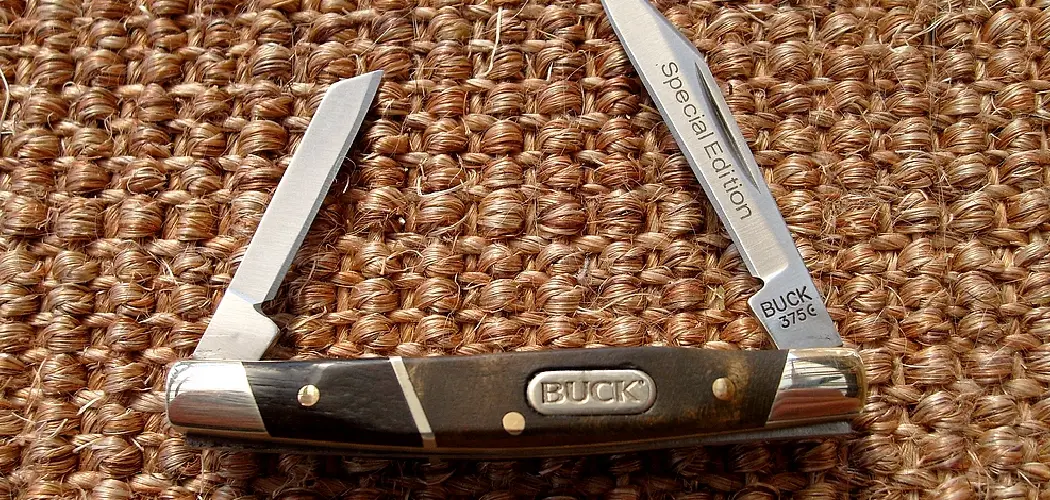Have you ever seen those fascinating butterfly knives that can transform effortlessly from a closed pocket knife into a twirling display of cutting edge dexterity? Known among aficionados as balisongs, these nimble knives are as much a demonstration of skill as they are a weapon. However, concealing such a device can often raise eyebrows or violate local laws. What if there was a way to enjoy the thrill of the balisong without risking safety or legal issues?
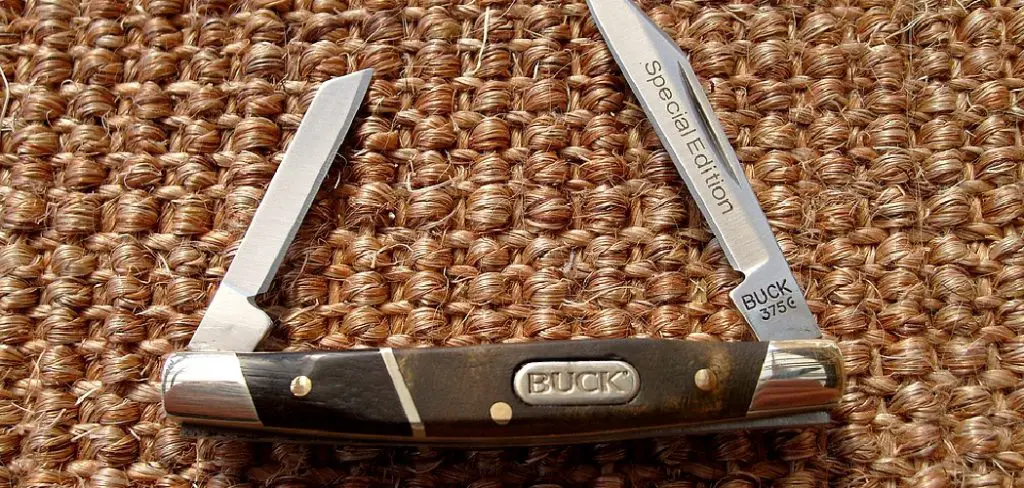
By following the simple steps of how to make a butterfly knife pen, you can craft your very own functional balisong pen – transforming an ordinary writing utensil into a discrete fidget toy worthy of the most skilled knife spinner.
Learn how to outfit a retractable pen with balanced bard pins and tactical handles for covert flipping sessions right under the nose of anyone unaware of its hidden talents. It may not be a true balisong, but you’ll be surprised at how satisfying it can be to click this deceptively innocent pen open and closed with graceful balletic spins.
Necessary Materials and Equipment
To make a butterfly knife pen, you will need the following materials and equipment:
- A pocket knife or a butterfly knife
- A regular pen
- Sandpaper (around 200 grit)
- Epoxy putty or super glue
- Clear tape
- Pliers
- Scissors
10 Methods How to Make a Butterfly Knife Pen
1. Gather Materials
To make a butterfly knife pen, you will need a few materials including two metal rods, a spring, and a pen cartridge. You can also add additional materials such as decorative handle scales or a latch for added functionality.
2. Cut the Metal Rods to Size
Using a hacksaw or metal cutter, cut the two metal rods to the desired size for your butterfly knife pen. The length of the rods will depend on how long you want your pen to be. Remember to wear protective gear when cutting the rods, as metal shards or debris may fly off during the process.
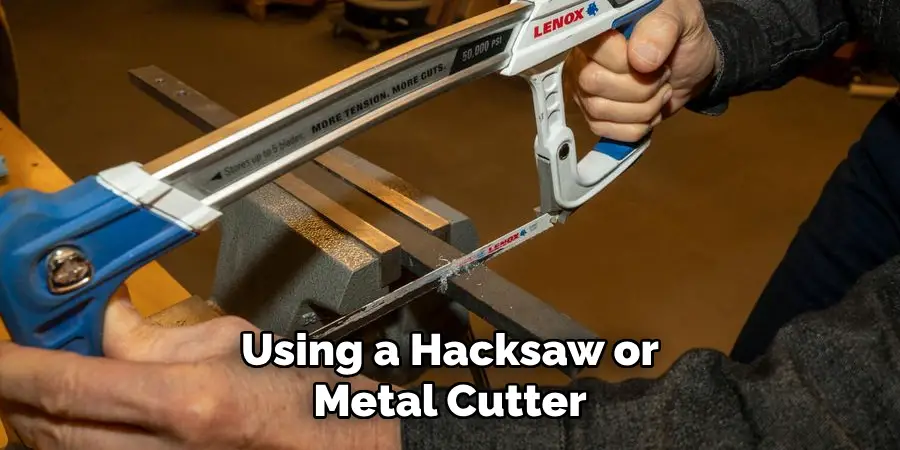
3. Drill Holes for the Spring
Next, drill two holes in one of the metal rods where you want the spring to be placed. Make sure the holes are large enough to fit the spring through. The placement is crucial as it will determine how the spring interacts with the blade and the pen. This step is important for ensuring proper functionality of your butterfly knife pen.
4. Insert Spring into Holes
Carefully insert the spring into the drilled holes on one of the metal rods. The spring should be able to move freely within the holes. If it feels tight or stuck, use a small drill bit to widen the holes slightly. Once the spring is inserted properly, you can test it by pressing down on one end of the rod and watching the other end pop up.
5. Attach Second Metal Rod
Take the second metal rod and place it on top of the first one, making sure that both ends line up evenly. This will create the handle portion of your butterfly knife pen. Use a pair of pliers to twist the two rods together at one end, creating a secure joint. Make sure that the rods are tightly twisted together and will not come apart.
6. Secure with Screws or Rivets
Use screws or rivets to secure both metal rods together at each end. This will ensure that your butterfly knife pen stays together when in use. If using screws, make sure to pre-drill holes in the metal rods before inserting them, as this will prevent the rods from cracking. Additionally, rivets can be used for a more secure hold and add a sleek look to your butterfly knife pen.
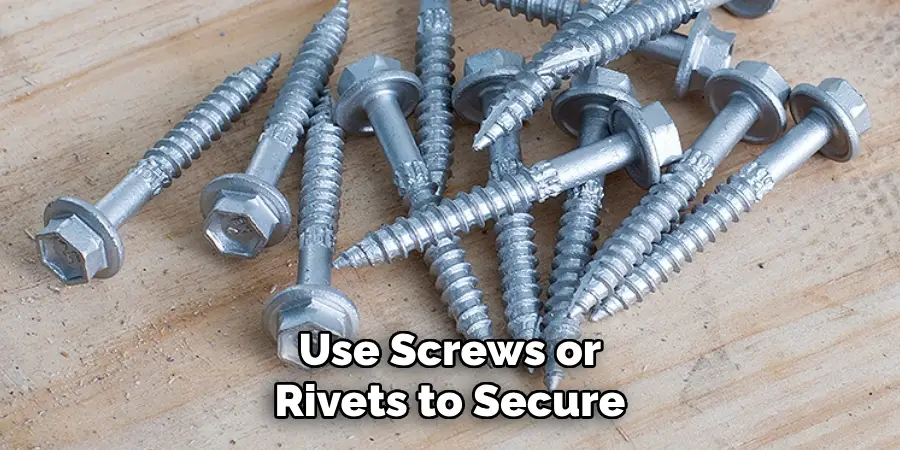
7. Add Pen Cartridge
Insert a standard pen cartridge into one end of your butterfly knife handle by removing any unnecessary parts and sliding it into place. Make sure the pen cartridge is secure and cannot fall out easily.
8. Decorate Handle Scales (Optional)
If desired, you can add decorative handle scales to your butterfly knife pen for added style and grip. You can use any material you like, but some popular options include wood, acrylic or even thin metal sheets.
Using a drill and screws, attach the scales to each handle side. Make sure that they are secured tightly so they do not come loose while using your butterfly knife pen.
9. Attach Latch (Optional)
For added functionality, you can attach a latch onto your butterfly knife pen so that it stays closed when not in use. For this, you will need a small piece of metal or plastic, a drill, and screws. Additionally, you can also use a magnet or velcro strip as an alternative.
To begin, measure and cut the piece of metal or plastic to fit onto the sides of your handle. Then drill holes on both ends of the latch piece and corresponding holes on the handle. Next, attach the latch onto one side of the handle using screws.

10. Practice Proper Handling and Flipping Techniques
Once your butterfly knife pen is assembled, make sure to practice proper handling techniques and flipping techniques for safety and to get the hang of using it as a pen.
Proper handling techniques include always holding the butterfly knife pen by the handle, never by the blade. Additionally, make sure to keep your fingers away from the blade while flipping and using it as a pen. It’s also important to always be aware of where the blade is facing and to never flip or use the pen near anyone else.
Legal Considerations to Keep in Mind When Making a Butterfly Knife Pen
If you are planning on making a butterfly knife pen, it is important to keep in mind that there may be legal considerations to be aware of. While it may seem like just a simple DIY project, there are laws and regulations surrounding knives and weapons that should not be ignored.
Firstly, it is important to know the laws in your specific country or state regarding the possession and carrying of knives. Some places may have strict regulations on the length, type, and concealment of blades. It is always better to be informed about these laws beforehand rather than risk facing legal consequences.
Furthermore, depending on where you plan on carrying your butterfly knife pen, it may also fall under certain weapons restrictions in public areas such as schools, government buildings, and airports. It is important to check with local authorities or refer to signage in these areas to ensure you are not violating any rules.
Another aspect to consider is the materials used in making the butterfly knife pen. While it may be tempting to use any type of metal for the blade, some places have laws against certain types of blades such as brass knuckles or switchblades. To avoid any legal issues, research the laws and regulations regarding blade materials in your area.
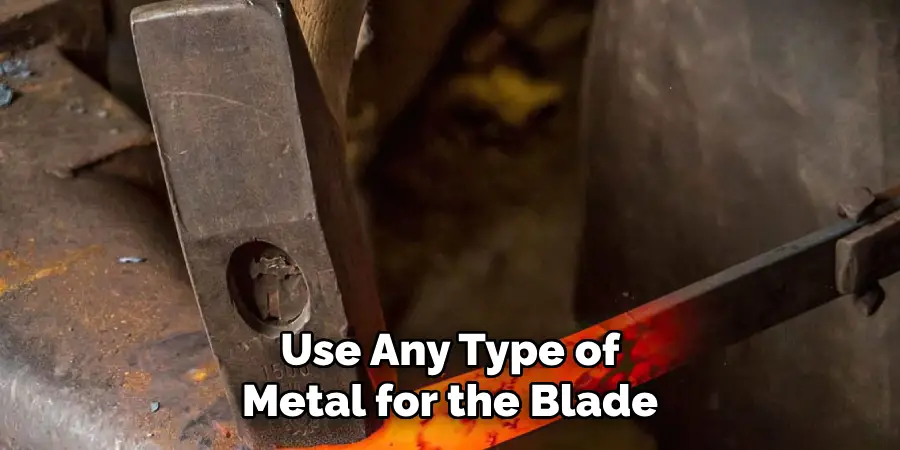
In addition to legal considerations, it is also important to consider safety measures when making a butterfly knife pen. This includes proper handling and storage of sharp objects, as well as ensuring that the blade is securely attached to the handle. It is always better to err on the side of caution and take necessary safety precautions.
Safety Precautions for Making a Butterfly Knife Pen
When it comes to making a butterfly knife pen, safety should always be the top priority. While this may seem like a simple project, there are still some precautions that need to be taken in order to ensure your well-being throughout the process.
First and foremost, make sure you have all the necessary tools and materials before starting. This includes a sharp knife, pliers, sandpaper, and a sturdy blank pen. Having everything you need at hand will prevent any potential accidents caused by having to improvise with inappropriate tools.
Additionally, it is important to work in a well-ventilated area and wear protective gear such as safety glasses and gloves. The process of making a butterfly knife pen involves cutting and sanding materials which can produce small particles that may be harmful if inhaled or come into contact with your skin.
Another important safety precaution is to always use caution and focus while working on this project. The knife used for cutting and shaping the blades is sharp and can cause serious injury if not handled properly. Make sure to keep your fingers away from the blade at all times and handle it with care.
Conclusion
In conclusion, learning how to make a butterfly knife pen is not only a fun and creative project, but it also allows you to have a unique and practical writing utensil. The process may seem daunting at first, but with practice and patience, you can become a skillful maker of these versatile pens. From finding the right materials to mastering the flipping technique, we’ve covered all the necessary steps for creating your own butterfly knife pen.
Now it’s your turn to put these skills into action and unleash your creativity! As you start on this journey, remember to always prioritize safety and take your time. Don’t be afraid to experiment and add your own personal touch to make each pen truly one-of-a-kind. And who knows, maybe this new hobby will even lead you down unexpected paths towards other exciting projects.
You can cheek it out how-to-make-a-fabric-butterfly
Expertise:
Crafting expert with a focus on innovative techniques and diverse materials.
Specialization:
- Textile arts (weaving, embroidery, and fabric dyeing)
- Woodworking and furniture design
- Mixed media and upcycling projects
Recognition:
- Featured in local art exhibits showcasing innovative craft projects
- Collaborated with community organizations to promote crafting workshops
- Received accolades for contributions to sustainable crafting initiatives
Mission:
- To inspire and empower crafters of all levels to discover their creative potential
- Encourages experimentation and self-expression through hands-on projects

